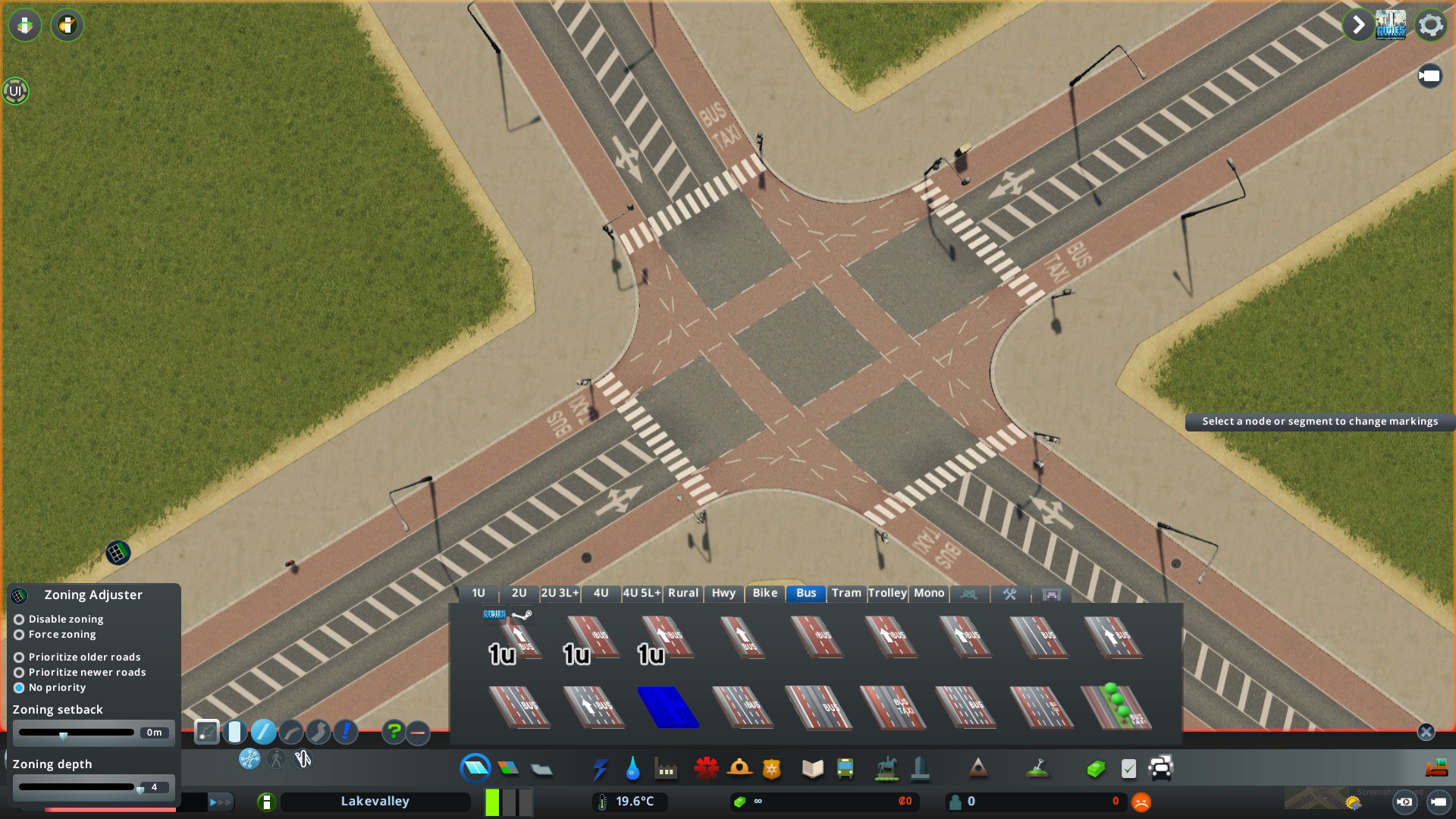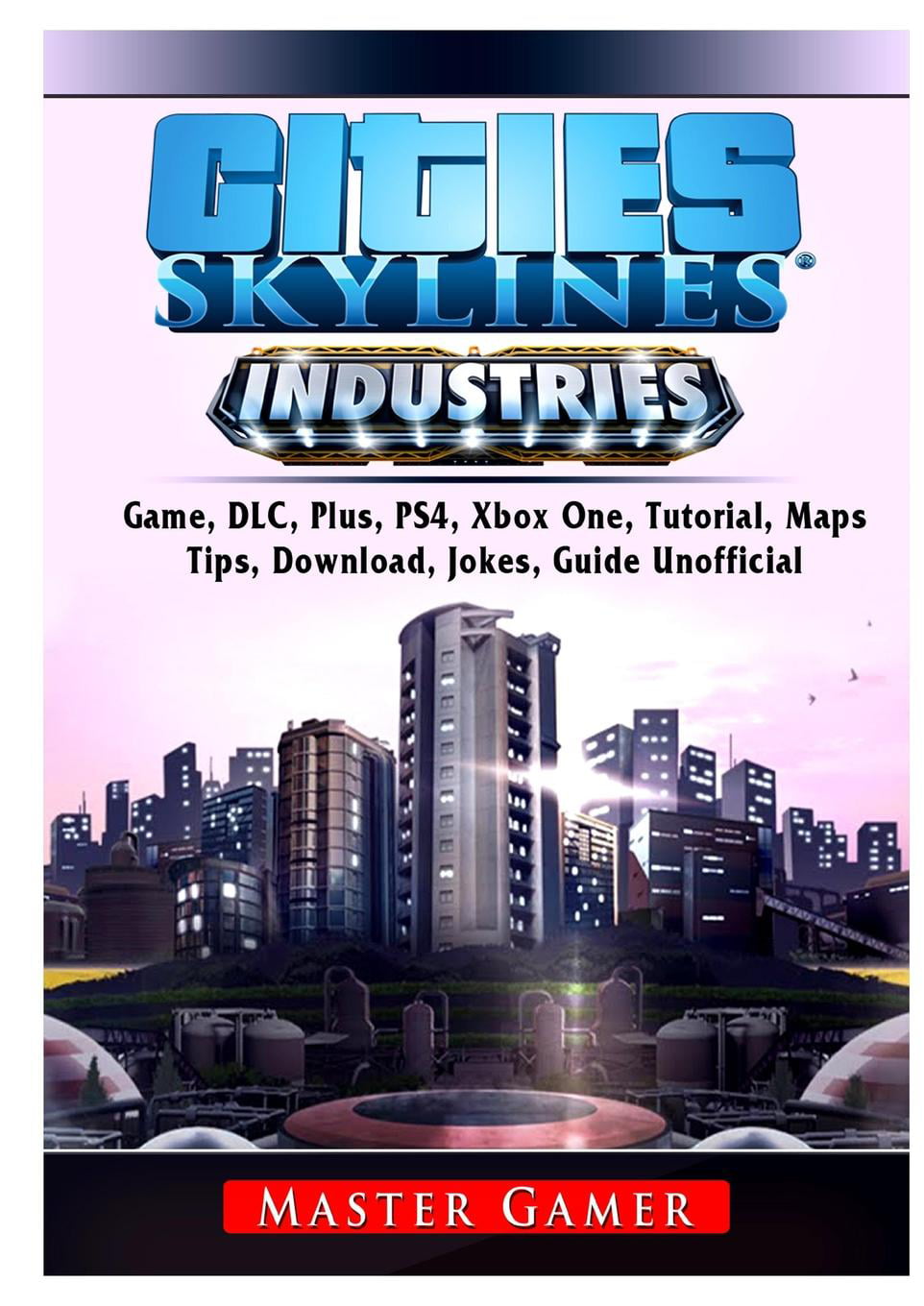

- #Cities skylines all dlc tutorial how to#
- #Cities skylines all dlc tutorial upgrade#
- #Cities skylines all dlc tutorial full#
For the purposes of this guide I will be using Highway -> Arterial Road -> Collector Road -> Local Roads There are a number of different terminologies for describing road hierarchies. By the end you should be able to identify what type of street you live on and what type you work and shop on.
#Cities skylines all dlc tutorial how to#
In this guide you will learn how the road hierarchy works and how to use it with your zoning. The bigger the interchange the more traffic it can handle.įor a great interchange resource checkout Timboh's Marvelous Interchange Emporium While I covered mostly service interchanges here, the same logic applies to highway interchanges. The more space between interchanges the more room cims have to change lanes. Fewer, larger interchanges are going to cause less traffic problems on your highways. The thing I want you to remember from this guide is that when it comes to highways, less is more, and bigger is better. You can grab a small and proper DCMI here įINAL LESSON: Less is More, Bigger is Better A proper DCMI will have the exits before the entrances. Weaving is caused by having an entrance before an exit. The one in the picture is not perfect because it still allows for "weaving". The DCMI has no traffic lights on the six lane road and moves the traffic very well. They can be a bit tricky to build but the workshop has a number ready for you. The Double Crossover Merging Intersection aka DCMIįor it's size, nothing can hold up to the DCMI. If we want to use a six lane road we'll need a bigger better service interchange.
#Cities skylines all dlc tutorial upgrade#
If we upgrade the two lane to six lane it will create lights and quickly cause traffic to back up onto the highway. These strange behaviors are almost always the result of having interchanges to close together, having too many, and having exits and entrances from the fast lanes.īoth the Diamond and SPUI work well in the game for light to medium traffic so long as you are using a two lane road with no traffic lights. Only you can prevent weird merging and long single linesĪ major complaint new players have is that the cims seem to make crazy merges and will pile into one lane rather than use the other lanes.

Here is a basic pre made SPUI you can use The SPUI is able to move a bit more traffic through the interchange before it will back up.

The advantage to a diamond is you can turn it into a Single Point Urban Interchange (SPUI) very easily. While the diamond is cheap and easy, it can get backed up quickly. Įarly Game - Single Point Urban Interchange Here is a basic pre made diamond you can use. With highway's unlocked we can also start using pre-made service interchange assets. Once you have the highways unlocked you can easily upgrade your diamond without having to change the layout. When you are starting out and poor the basic diamond service interchange is cheap and easy to make. If you are playing without everything unlocked you don't get access to highways but we can use one way roads and upgrade later.
#Cities skylines all dlc tutorial full#
I like to leave at least 60 squares between a full sized highway interchange and my first service interchange. The first rule when working with highways is to leave a lot of space between your interchanges. To get off or on the highway we need a Service Interchange (road)#Service_interchange In the picture we can see the T-interchange available in the vanilla game. Highway's don't have intersections, they have interchanges. The goal of this guide is to show you the basic ways to connect your city to your highways and help prevent you from making some common mistakes. The first thing you need to know to master traffic is how to get your Cims on and off the highway.


 0 kommentar(er)
0 kommentar(er)
